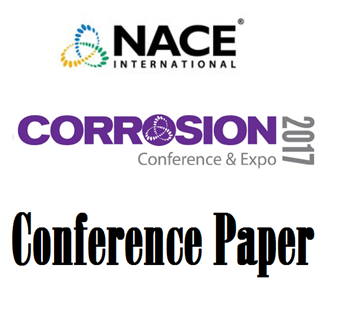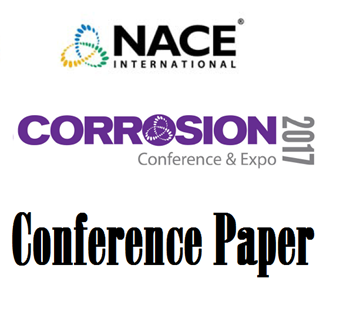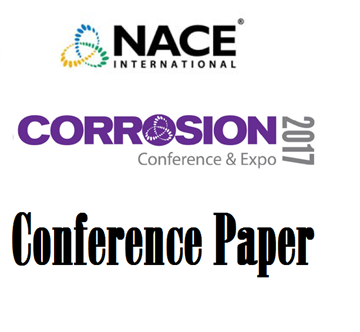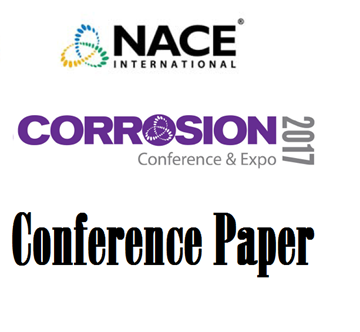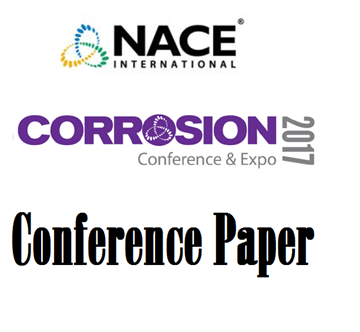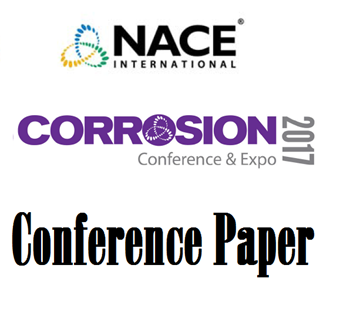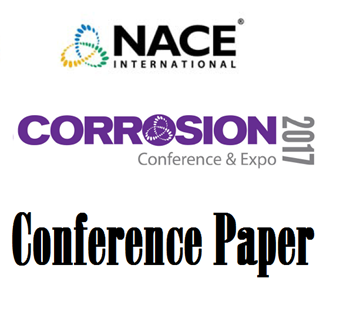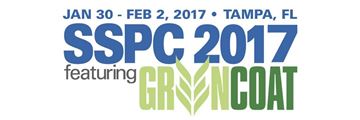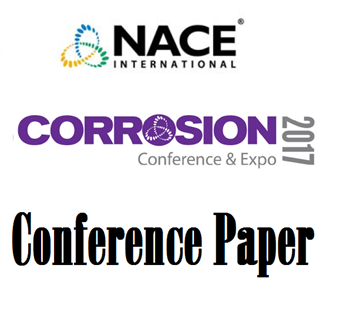Search
Products tagged with '2017 Conference Papers'
View as
Sort by
Display
per page
Modeling Lead and Copper Corrosion and Solubility in Municipal Water Distribution Systems
Product Number:
51317--9104-SG
ISBN:
9104 2017 CP
Publication Date:
2017
$20.00
Modeling of Multi-Pipeline Corridor CP Potential Profile with Common Cathodic Protection System
Product Number:
51317--8910-SG
ISBN:
8910 2017 CP
Publication Date:
2017
$20.00
Molecular MIC Diagnoses from ATP Field Test: Streamlined Workflow from Field to 16S Results
Product Number:
51317--9420-SG
ISBN:
9420 2017 CP
Publication Date:
2017
$20.00
Monitoring Dynamic Corrosion and Coating Failure Events on Buried Steel Using Electrode Arrays
Product Number:
51317--9238-SG
ISBN:
9238 2017 CP
Publication Date:
2017
$20.00
Monitoring Evaluating and Control of Corrosion and Scaling in Higher Pressure Industrial Boilers
Product Number:
51317--8988-SG
ISBN:
8988 2017 CP
Publication Date:
2017
$20.00
Monitoring Rebar Corrosion Propagation Embedded in Concrete
Product Number:
51317--9094-SG
ISBN:
9094 2017 CP
Publication Date:
2017
$20.00
Multiplexed Sensor Array for Accurate Time-of-Wetness (TOW) Measurement
Product Number:
51317--9370-SG
ISBN:
9370 2017 CP
Publication Date:
2017
$20.00
Nanostructured and Superhydrophobic Coatings Against Corrosion
Product Number:
51317--9429-SG
ISBN:
9429 2017 CP
Publication Date:
2017
$20.00
Naphthenic Acid Corrosion in a High TAN Condensing Overhead System
Product Number:
51317--9095-SG
ISBN:
9095 2017 CP
Publication Date:
2017
$20.00
National Shipbuilding Research Program (NSRP) Surface Preparation and Coatings (SP&C) Panel 2017 Update
Product Number:
51217-066-SG
Publication Date:
2017
$20.00
Necessity and Challenges of Using a Float Coat for Preservation of Ballast Tanks
Product Number:
51317--9366-SG
ISBN:
9366 2017 CP
Publication Date:
2017
$20.00
New Axially Loaded Full Ring Test Method for Assessment of Susceptibility of Girth Welds and Parent Pipe to Sour Service Cracking
Product Number:
51317--8965-SG
ISBN:
8965 2017 CP
Publication Date:
2017
$20.00

